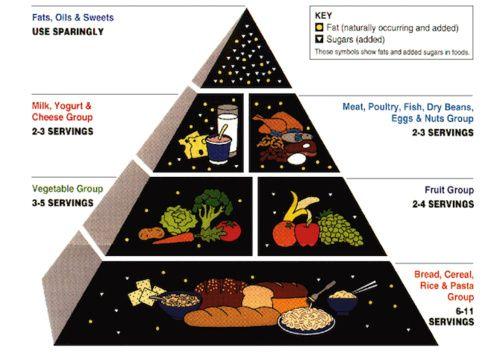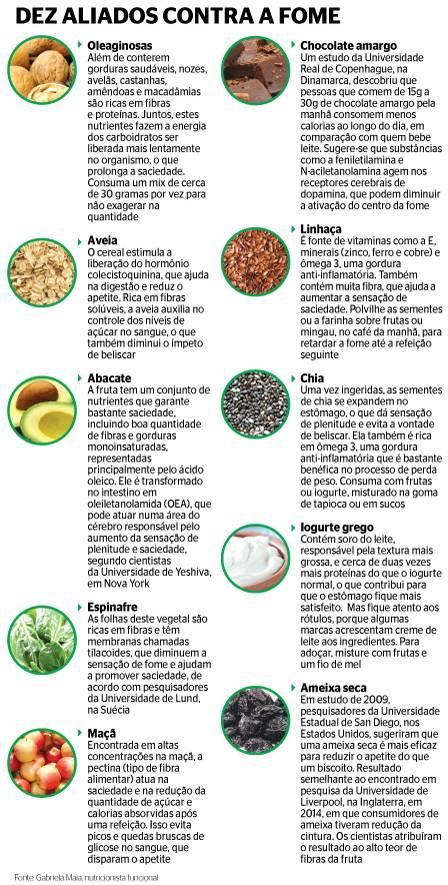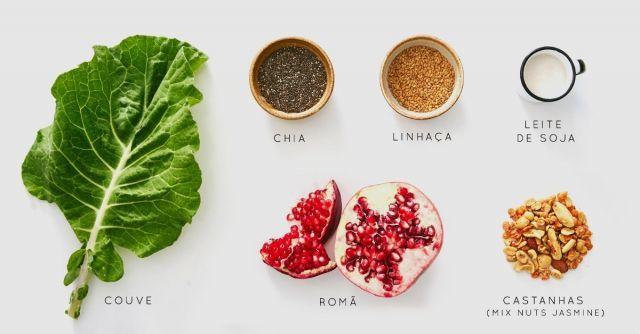The food pyramid it is a way of graphically summarizing what is the correct diet and suggests the right proportion variety and moderation in food intake. Let's find out better.
> 1. What is the food pyramid?
> 2. Origins and history of the food pyramid
> 3. Food pyramid based on the Mediterranean diet

What is the food pyramid?
No food is complete, no food contains all the nutrients that the body needs, therefore to eat in a healthy and balanced way, the choice must be varied as much as possible.
The food pyramid brings together three essential characteristics for a healthy diet: suggests the right proportionas well as the variety and moderation in food intake.
It is therefore an attempt to synthesize, in a single image through a graphic reference model, the frequency with which different foods should recur in eating habits and therefore to guide nutritional choices both in the short term (one day) and in the medium term (one week).
It is aimed at all individuals of adult age and there are different types but, in general, the principle by which they are built is the same: alla basis you will find the foods that must be consumed every day and, going up towards theapex, the frequency of intake of various foods thins out; in addition, each food corresponds to the recommended intake frequencies.
The food pyramid however, it takes into account the evolution of times and society, highlighting the importance of physical activity, preferring seasonal products, recognizing the right importance to the conviviality of meals; also drink a lot of water, alternate colors and varieties of vegetables and fruits, use herbs and spices to reduce the addition of salt, limit the consumption of alcohol.
Origins and history of the food pyramid
In 1992, the US Department of Agriculture (USDA) officially made one food guide with the intent to show in a simple, visual and immediate way the basics of a healthy and correct diet and therefore to reduce the risk of chronic diseases in the population.
At the base there were cereals, their derivatives and tubers (to be consumed in abundance every day), at the second level fruit and vegetables were indicated to be consumed in high quantities, above all plastic foods (meat, fish, eggs, cheeses) to be consumed in moderation and at the apex the fats for seasoning and simple sugars to be introduced in small quantities.
La American Food Pyramida however, it has failed to reduce pathologies such as obesity and cardiovascular diseases as not all nutritional information was correct. At the base it would have been more correct to suggest the consumption of complex carbohydrates from whole foods.
Furthermore, among the foods to be limited, we have oils and fats for seasoning for which due differences must be made; are, in fact, saturated fats of animal origin and trans-unsaturated fats are dangerous for our health contained in margarines or produced during frying. A right amount of unsaturated fats contained in raw vegetable oils, on the other hand, exerts a protective action on the cardiovascular system.
However, even with these errors, the American Food Pyramid soon became an icon all over the world and even in the country the indications provided by the pyramid have been widely used in food education activities.
La Food Pyramid el paesena it was developed in 2005 by the nutritionists of the “La Sapienza” University of Rome, with the aim of designing a specific food model for our country, correct from a nutritional point of view and respectful of the Mediterranean food tradition.
The food pyramid proposes a correct lifestyle, translating into Wellness quantity (QB) both the appropriate quantities of food to be introduced daily and the motor activity to be carried out during the week.
To stay healthy we must therefore introduce QB in the form of food and conquer QB in the form of movement. Each QB of food corresponds to a portion of it.
At the base of the pyramid we find plant-based foods rich in non-energy nutrients (vitamins, minerals and water) and protective substances; climbing towards the top there are foods with higher energy density (sweets and condiments), to be consumed in moderation to prevent overweight and metabolic diseases.
Food pyramid based on the Mediterranean diet
The lifestyle of our days is characterized by large availability of food and by an increasingly widespread sedentary lifestyle, where as life expectancy increases there is also an increase in the risk of pathologies linked to nutrition.
The most famous food pyramid and certainly one of the first to have been created, is the one based on Mediterranean diet. This dietary model, which can help us to obtain a complete and balanced supply of nutrients, is inspired by the food traditions of the countries bordering the Mediterranean basin (in particular the country, southern France, Greece, Spain, but also countries of the near East and North Africa).
“Protagonists” of the Mediterranean food tradition are the olive oil, cereals (in the country especially pasta, rice and bread), the wine, legumes, fruit and all vegetables. However, the Mediterranean diet is not only vegetarian; the addition of the right quantities of animal products (meat, with particular regard to non-bovine meat, milk, eggs, fish, cheeses) ensures a valid, balanced diet, suitable for any age and capable of considerably reducing the risk of "diseases of well-being ”typical of our age.
You can learn more about how it works, the benefits and contraindications of the Mediterranean diet
Read also:
> Why it is important to vary the diet
| Wikipedia


























